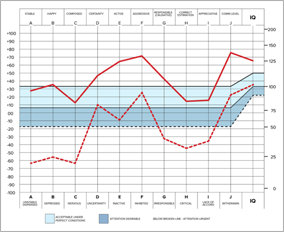WHAT IS THE SIGNIFICANCE OF THE IRS RULING REGARDING CHURCHES OF SCIENTOLOGY?
TAKE A FREE ONLINE PERSONALITY TEST »

Oxford Capacity Analysis (OCA) Test
Please scroll down and read this document. Check the "I Agree" box and click the button to accept.

Oxford Capacity Analysis (OCA) Test
The OCA Personality Test and complimentary results consultation are absolutely free with no obligation—it’s simply a great opportunity to learn more about you.
Online Courses
Related Sites
L. Ron Hubbard
Dianetics
Scientology Network
Scientology Religion
David Miscavige
Start an Online Course
Scientology Volunteer Ministers
International Association of Scientologists
The Way to Happiness
Narconon
In Support of a Drug-Free World
United for Human Rights
Youth for Human Rights
Citizens Commission on Human Rights







